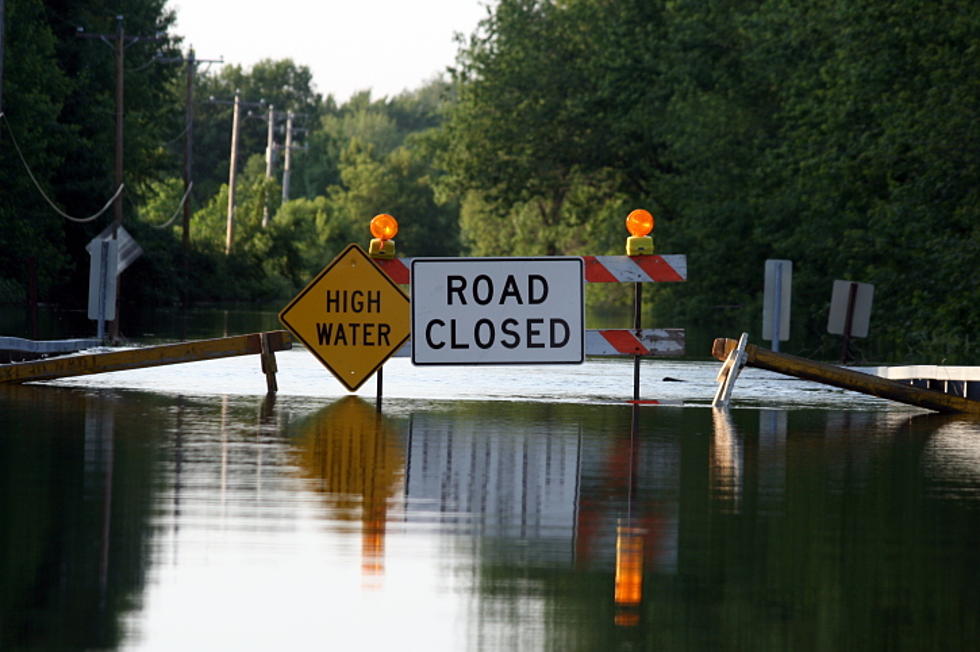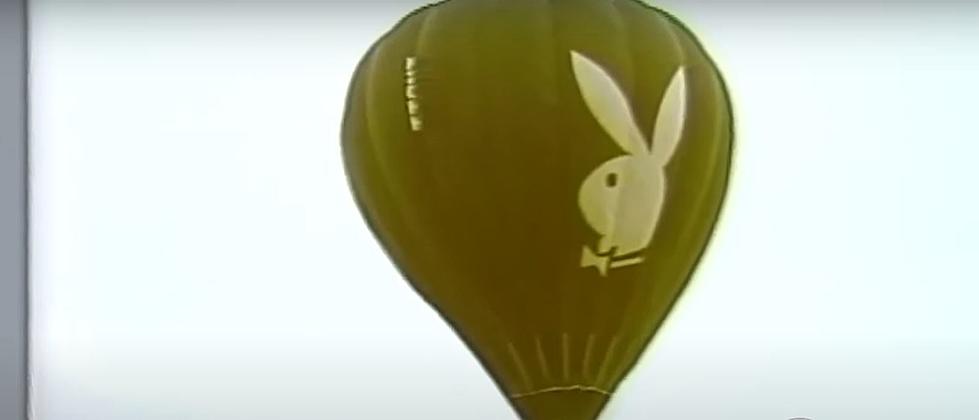
Getting Trail Cameras Ready For Deer Season
If you are an avid deer hunter, then odds are you own a few trail cameras. It's important to get those cameras ready so you don't miss that big buck when he's passing by.
I started using trail cameras over twenty years ago and over time it has become some what of its own hobby.
I set my cameras up every year late in June or the fourth of July weekend. I wound up setting up my cameras over this past weekend but not before some preparation.
Last week after work I rounded up my cameras which I always store in my house. Cold temperatures are the worst for trail cameras, so after I pull the last ones in January they all get stored in the house. Actually some of my cameras get pulled before the end of deer season if it gets too cold.
I found that most of my cameras that were damaged, it was extreme cold that took them out.
When I got my cameras out, I pulled all the batteries out, cleaned the lens, and the infrared windows. Put in new batteries, made sure the right SD card was in each camera and that there was a second card to go with each camera.
I label all my cameras as well as the SD cards so when I do a camera run, I just grab the card with the letter on it that matches the camera so I can exchange the disk with pictures on it with a fresh blank one. Each camera has its own folder in my computer and the time frame the camera was out is also dated on the sub folder. This way I can monitor the deer and develop a history of each location and animals I am monitoring.
I wanted to know which of my cameras worked better and if all of them were working properly so I set up each camera and made sure the dates and times were right in each camera and that they were properly set so they would take the proper photo that I wanted.
To test the cameras, I put them on posts that are part of an over hang that is by my back door. Since it was raining so much on Saturday, there wasn't anything to do but hang camera's on a pole. In between down pours I was doing some landscaping but when I would pass by the back of the house I would walk in front of all my cameras.
I experimented with being up close to the cameras as well as far away. I jogged through a few times and I even ran through once just to see how the pictures would turn out but also to emulate the deer. I did this into the night so I had some day and night photos to look at.
One good thing I learned from this experiment where I was using nine cameras was that all the cameras were pretty consistent. Granted there were four cameras that took better pictures and were a little more sensitive than the other five. Two cameras I thought were busted wound up working fine (probably thought they were messed up because they were out in really cold temperatures).
This all may seem extreme but I am confident that all nine of my cameras work and eight of them have been set up and won't be looked at until Labor Day weekend. I have one more camera that I will be putting up behind my barn this week to monitor a new food plot that I have put in.
Providing all my cameras stay working until Labor Day weekend, I will have great data on what deer are in my area and will get to see the bucks horns grow with velvet on them and see them after they rubbed the velvet off. Most have the velvet rubbed off by Labor Day weekend but some may wait until early September to get it done. I will check the camera's one more time before October 1 to see if I can pattern a nice buck. They will get checked more frequently when I begin hunting regular.
Trail cameras can be a lot of fun and a little testing of your cameras, it will allow you to put your best cameras in your best area's.
WATCH OUT: These are the deadliest animals in the world
More From 98.7 WFGR


![NWS Confirms Three Tornadoes Touched Down in Michigan on Saturday [VIDEOS]](http://townsquare.media/site/87/files/2021/06/attachment-Tornadio-damage-in-Huron-County.jpg?w=980&q=75)







